Fireproof Balloon
Common sense tells you that it’s impossible to boil water in a paper bag, but this classic parlor trick was a favorite of Victorian magicians. […]
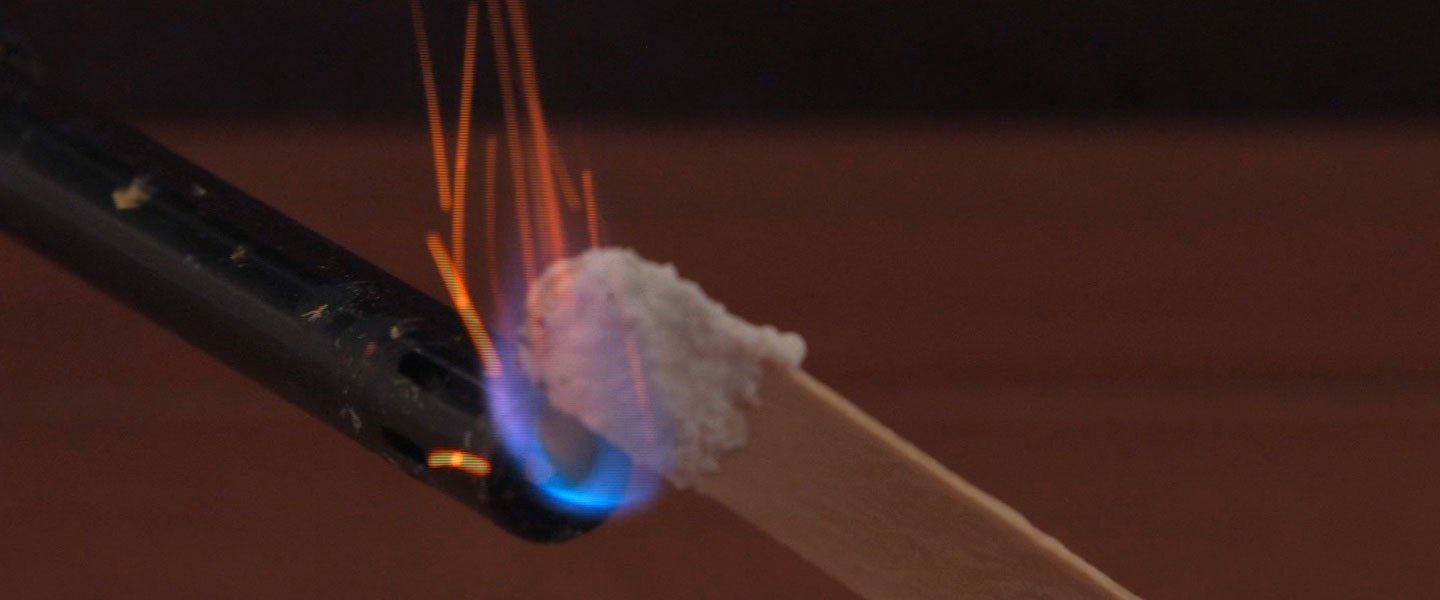
Blue, orange, and yellow flames are pretty common. What about green or purple flames? When you’re used to the everyday colors of flames, colorful changes like these can be pretty cool. These surprising colors are the result of the presence of specific metals in the burning material. Here are a couple of household materials that contain metals that are easily seen and identifiable in a Flame Test.
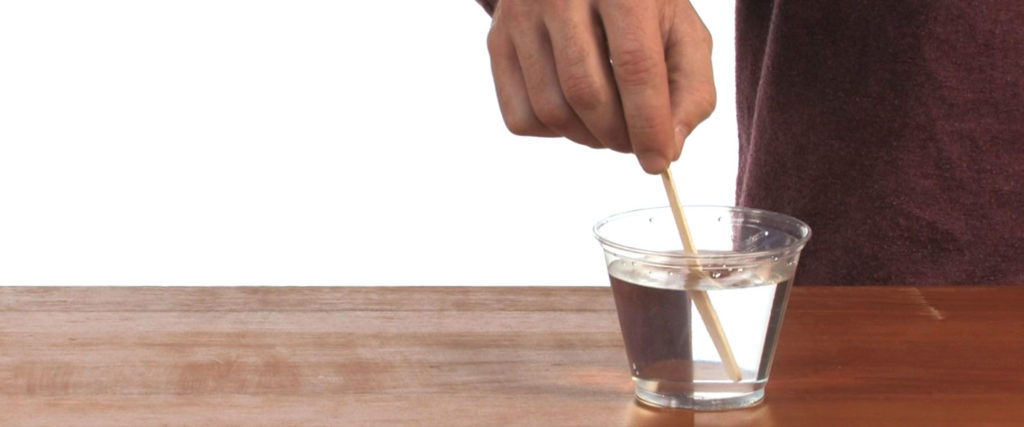
Pour a little powder to test into each small dish. Dip one end of a popsicle stick into the water to moisten it.
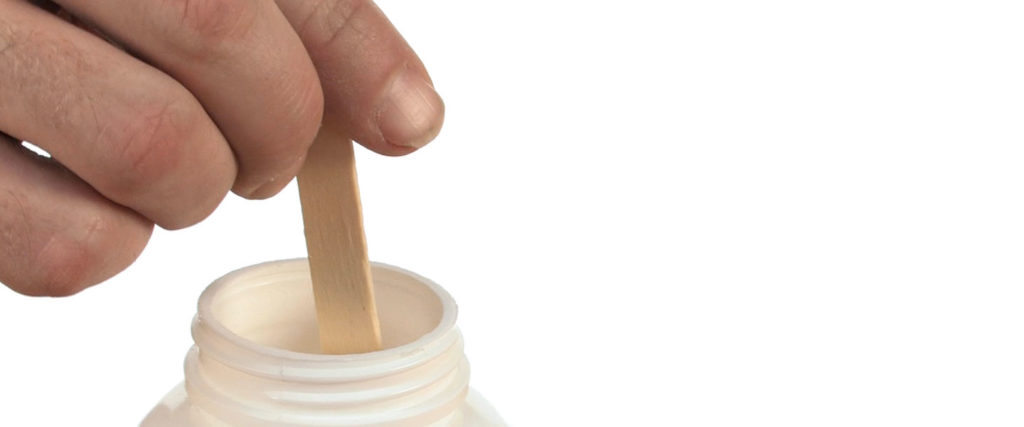
Dip the wetted popsicle stick into the boric acid. Coat the tip of the stick completely.
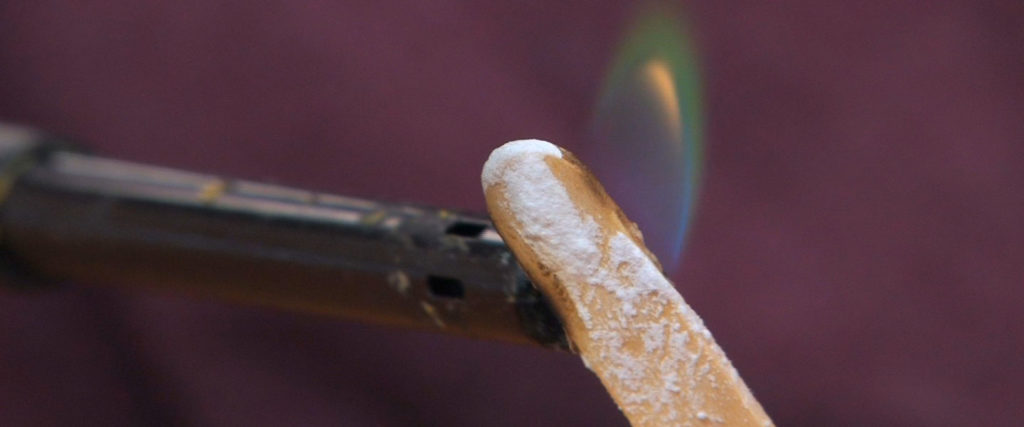
It helps to dim the lights in your lab so the colors are easier to see. Light the flame and place the boric acid-covered popsicle stick into the flame. Move the flame under the stick to find the best color. Look for an unexpected color in portions of the flame. An assistant could take a picture of it. Douse the flame in the large container of water.
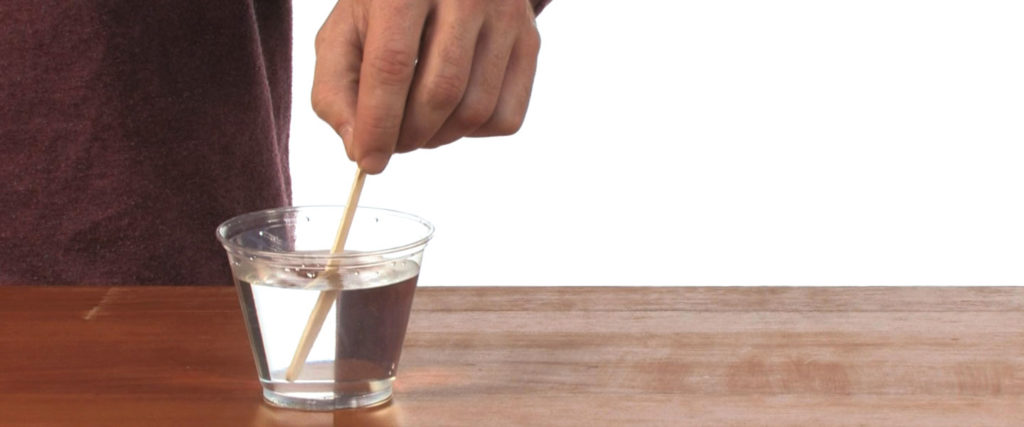
Dip the end of another popsicle stick in water. Coat the tip with the cream of tartar.
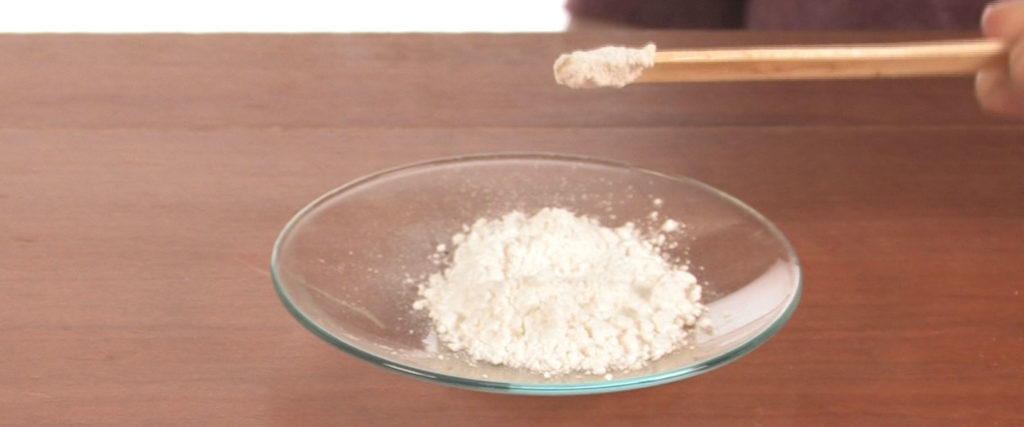
Follow the procedure in Step 3 for this test. You may see some surprising flashes. This color is harder to see but it’s there.
This activity is called a flame test and it’s a real procedure used in labs. Its purpose is to identify specific elements in a material. When the boric acid was in the flame, you probably notice a bright green portion of the flame. You may have seen it only briefly but it was there. The green color denotes the presence of the element boron (B) which you’d expect in boric acid. The cream of tartar yielded a purple-colored flame. Purple is associated with the presence of potassium (K). That’s because cream of tartar is a potassium salt.
These element-specific colors are catalogued in an emission spectrum. The emission spectral color of an element occurs when certain electrons in an atom are excited to a higher energy level and then make a transition from that level to their normal energy state. In that downward transition, energy is released as a photon of light at a specific wavelength of color. The hiding element is revealed by color!
| As | Arsenic | Blue |
| B | Boron | Bright green |
| Ba | Barium | Pale/Yellow-green |
| Ca | Calcium | Orange-red |
| Cu (I) | Copper (I) | Blue |
| Cu (II) | Copper (II) non-halide | Green |
| Cu (II) | Copper (II) halide | Blue-green |
| Fe | Iron | Gold |
| In | Indium | Blue |
| K | Potassium | Light purple to red |
| Li | Lithium | Deep pink to dark red |
| Mg | Magnesium | Bright white |
| Mn (II) | Manganese (II) | Yellow-green |
| Mo | Molybdenum | Yellow-green |
| Na | Sodium | Bright yellow |
| P | Phosphorous | Pale blue-green |
| Pb | Lead | Blue |
| Rb | Rubidium | Red/Purple-red |
| Sb | Antimony | Pale green |
| Se | Selenium | Bright blue |
| Sr | Strontium | Crimson |
| Te | Tellurium | Pale green |
| Tl | Thallium | Bright green |
| Zn | Zinc | Blue-green to pale green |